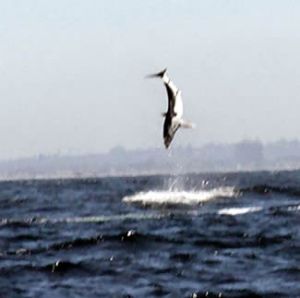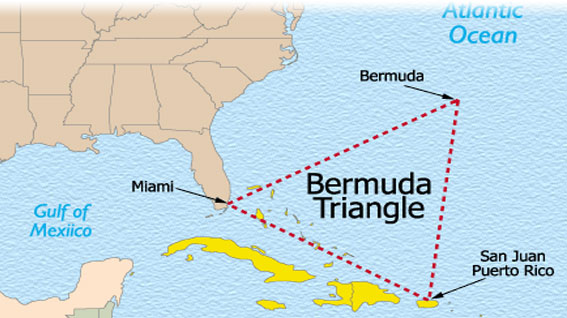People often wear shark’s teeth around their neck. But, what is the significance and how do they get them? As the internet research states a sharks tooth symbolizes virility. I am not going to get any further into that aspect of the question. To each his or her own.
Here is some information on the rest of the question.
Shark teeth are plentiful. They may have up to 20,000 teeth in their lifetime! Once we lose our baby teeth we have only 32 adult teeth for the rest of our lives. However, sharks are constantly replacing their teeth whenever they get torn out. They may get torn out when  ripping apart prey. This may seem like it will hurt, but, a shark’s entire skeleton is made out of cartilage. Cartilage is the very flexible material we have in our ears and nose. The shark’s stock supply of teeth act like a conveyor belt constantly ready to replace one that has fallen out (pictured).
ripping apart prey. This may seem like it will hurt, but, a shark’s entire skeleton is made out of cartilage. Cartilage is the very flexible material we have in our ears and nose. The shark’s stock supply of teeth act like a conveyor belt constantly ready to replace one that has fallen out (pictured).
Here are really great places to go exploring for shark teeth: Shark River, N.J.; Flag Pond Beach, MD; Amelia Island, FL; and Cooper River, S.C.
Also, again, Happy Shark Week!
Do you have another great question? Check out www.beachchairscientist.com and enter let us know or e-mail beachchairscientist@gmail.com!
image (c) sharkfact.org
 The electrosensory organ are useful for traveling far distances in the open ocean. It is like a internal GPS system. (I am not sure if it comes with a funny British accent like the one in my uncle’s car though.)
The electrosensory organ are useful for traveling far distances in the open ocean. It is like a internal GPS system. (I am not sure if it comes with a funny British accent like the one in my uncle’s car though.)


 The Atlantic wolffish (Anarhichas lupus) may look rather frightening, but, the fish will only harm you if it is out of water. This is rather understandable since it is out of its natural habitat. It prefers to live on rocky bottoms of the ocean floor in very deep, cold waters.
The Atlantic wolffish (Anarhichas lupus) may look rather frightening, but, the fish will only harm you if it is out of water. This is rather understandable since it is out of its natural habitat. It prefers to live on rocky bottoms of the ocean floor in very deep, cold waters.






What people are saying …